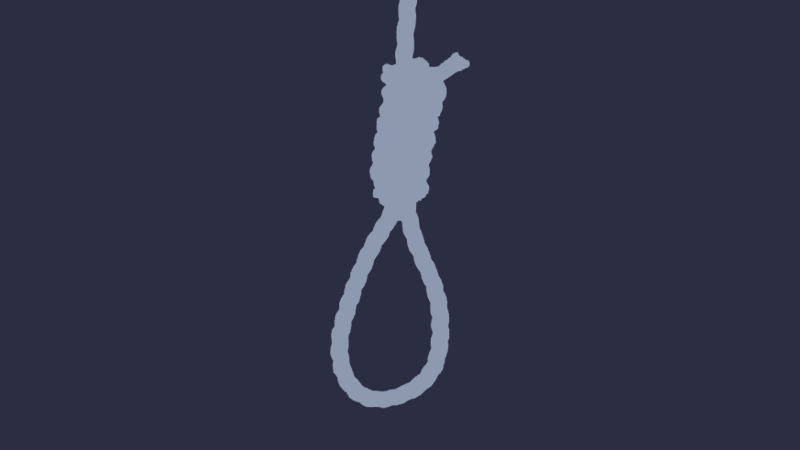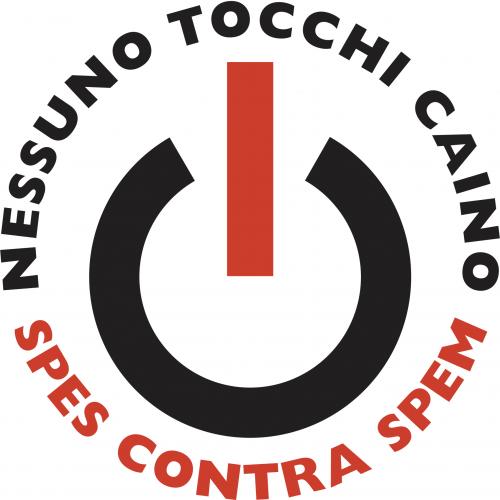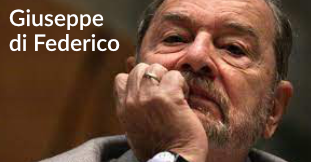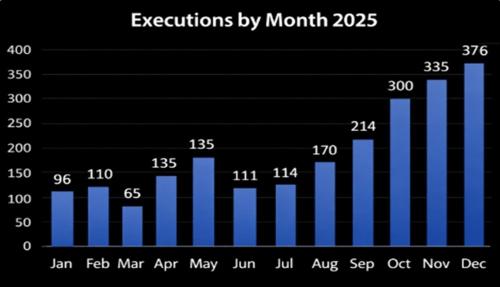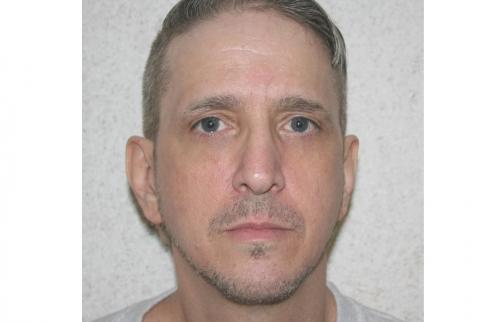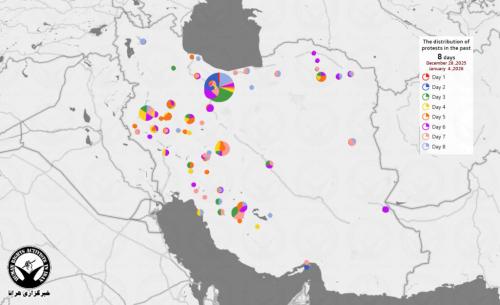03 January 2011 :
Member of the State House of Representatives of New MexicoThe Road to Abolition in New Mexico
Our journey began in the late summer of 1997, the year after I was first elected to the New Mexico legislature. In the small town of Santa Rosa, those who would become my fellow travelers told their stories to a legislative committee composed of Senators and Representatives, both Democrats and Republicans. They told of a beloved father, a beautiful son, a loving niece – all of whom had been murdered and whose losses they continued to mourn. Yet, they asked us not to respond to such violence with more violence. They asked us to end state-sponsored killing by repealing the death penalty in New Mexico.
After the meeting, I talked with these members of the newly-formed New Mexico Coalition to Repeal the Death Penalty – who represented Murder Victims Families for Reconciliation, the faith communities, social workers, and criminal defense lawyers. I told them I would help, promising my dedication and perseverance. I joked that I would surely be around long enough to get it done because my grandmother had lived to the age of 100. We all laughed, but I don’t think any of us realized then just how long and arduous our journey would be.
I had opposed the death penalty since I learned as a young adult that it was not a deterrent to violent crime. It seemed wrong to me to take a life when it served no purpose. I soon found out that there were other, far more compelling reasons to abolish the death penalty.
Innocence
Human systems can make mistakes. People can be falsely accused. Innocent people have been convicted and sentenced to death in our country. We even know their names – 134 of them at last count. Juan Roberto Melendez, who now lives in New Mexico, spent 17 years, 8 months and 1 day on Florida’s death row for a crime he did not commit. His case was upheld on appeal 3 times by the Florida Supreme Court. Only after the discovery of a taped confession of the real killer, 16 years after he had been sentenced to death, was Juan able to prove his innocence.
New Mexico reinstated the death penalty in 1979, after the U.S. Supreme Court cleared the way for states to do so in 1976. With a population of just under 2 million, and with only 2 people currently on death row, New Mexico has 4 exonerees – even more than Texas. Those 4 who were on our death row in the 1970’s were at one time just 9 days away from the gas chamber. Then, just as in Juan’s case many years later, the confession of the real killer, who incidentally killed again while these innocent men were condemned to die, saved their lives.
Deterrence
In New Mexico, only 7% of death penalty cases filed actually result in a death sentence. 68% of those convictions are overturned on appeal – the highest reversal rate in the country. We have carried out 1 execution in this state since 1960. Did it deter other horrible murders? Just the opposite: in 2001, there were 99 murders in our state; and the execution was carried out in November of that year. In 2002, there were 152 murders – a 54% increase. Society does not need the death penalty because there is no evidence it deters crime, and because there are better ways to protect society and punish criminals.
Cost
Our state Public Defender estimated that the death penalty costs New Mexico several million dollars each year. The costs are borne throughout the system by the defense, prosecution, trial and appellate courts. One New Mexico Supreme Court Justice calculated the cost of a death penalty case as 6 times greater than other murder cases. It actually costs more for the state to charge and seek the death penalty, whether or not there is a conviction, than to imprison someone for life. We argued that the money spent on the death penalty would be better spent helping families of murder victims and preventing crime. Those who favor the death penalty feigned horror that we would “put a price on justice!” I countered that, as lawmakers, we put a price on everything – education, health care, safety nets for the poor, highways and prisons. Every time we pass a budget and fail to provide the prosecutors, public defenders or the courts with adequate funding, we put a price on justice.
Fairness
There are no rich people on death row in America. Those sentenced to die for their crimes are predominantly people of color; 85% of their victims are white. Sen. Raymond Lesniak, sponsor of New Jersey’s abolition, said it best in his award-winning speech at Le Memorial de Caen in February 2009: “The death penalty is a random act of brutality. Its application throughout the U.S. is random, depending on where the murder occurred, the race and economic status of who committed the murder, the race and economic status of the person murdered and, of course, the quality of the legal defense.”
How did we succeed?
The New Mexico Coalition to Repeal the Death Penalty deserves all the credit. It grew from a handful of organizers in 1997 to include thousands of people and 140 organizations of vastly diverse backgrounds, ideologies and perspectives. The faith communities – Roman Catholic, Lutheran, Quaker, Presbyterian, Jewish, Unitarian, and many others – made it an issue of conscience, invoking the power of redemption. Families devastated by the murder of their own loved ones described the cruel impact of the death penalty on them. Far from providing closure or comfort, death penalty trials and constitutionally guaranteed appeals re-open the wounds for many families. Their hearts simply break again and again when all attention focuses on the defendants and their fate, rather than on honoring the memory of those they lost.
The Coalition worked at the grassroots level, obtaining funds to hire a director (3 superb women over a 12-year period), to bring in experts like Sr. Helen Prejean to inspire and teach, and to build its numbers. Members learned how to contact and speak with their elected representatives. The Coalition conducted public opinion polls, affirming that 64% of New Mexicans favored replacing the death penalty with a sentence of life without parole and redirecting money saved to help victims’ families. Armed with these data, emboldened by their sheer numbers, and kept up-to-date by email and the website, members became increasingly skilled at making their voices heard in committee hearings and in the outcome of elections.
We introduced the bill in each of our biannual 60-day sessions beginning in 1999. In the first few years, it failed to clear all necessary committees for a vote by the full House of Representatives. Those losses were painful, but during that time, we gradually gained support of important House and Senate leaders so that the bill began to receive more favorable hearings. Coalition members also worked to gain support from both Democrats and Republicans. Though it was more difficult to get conservative support, some Republicans joined with progressive Democrats in this vote for moral reasons; others because they believe the system is flawed – that the danger of executing the innocent is too great. One explained that a friend from Russia cautioned her, “Never let your government kill someone in your name.”
Governor Bill Richardson had been a supporter of capital punishment but never closed the door to a dialogue with us – one that began with his election in November 2002 and continued through the day he signed the bill. We came within reach of victory in 2005, and again in 2007, when the House of Representatives passed the bill by comfortable margins with support from both Democrats and Republicans. Our numbers were much closer in the Senate, but we were denied a debate by that chamber in both 2005 and 2007 when the bill failed by a single vote in the Judiciary Committee – bitter disappointments, from which we simply had no choice but to recover.
What changed in 2009? The Presidential election was a factor. Barack Obama’s strength at the top of the ballot helped progressive candidates in all races, increasing our support in the New Mexico Senate. The Governor signaled that he would consider signing the bill if it reached his desk. It appeared that our arguments had begun to resonate with him – particularly with regard to innocence and the potential for prosecutorial abuse. It became increasingly apparent that the world was watching – people from other parts of the country and throughout the world cared about what was happening in our state. Not only did the National Coalition to Abolish the Death Penalty provide critical support, when the bill cleared its final hurdle in the Senate, the Governor was urged to sign the bill by people not only from our state but from all over the world.
And when he signed it on March 18, 2009, the whole world celebrated with us.
On April 15, the Comunità di Sant’Egidio lit the Colosseo in our honor. Members of Amnesty International from around the globe continue to send messages of thanks. Death Penalty Focus, dedicated to worldwide abolition of the death penalty, honored the Governor in May. At that event in Los Angeles, Bryan Stephenson, an attorney who represents poor people and death row prisoners in the Deep South, said: “The opposite of poverty is not wealth; it is justice.”
We believe justice is more likely to prevail in New Mexico now that we have ended the “random brutality” of the death penalty. We are honored that Hands Off Cain acknowledges New Mexico’s role in this world-wide movement to obtain justice without vengeance and we thank you for your work.
I am deeply grateful to share The Abolitionist of the Year Award for 2009 with Governor Richardson. I dedicate it to my fellow travelers – those on whose shoulders I have stood, who inspired and sustained me in this effort – the New Mexico Coalition to Repeal the Death Penalty, Murder Victims Families for Reconciliation, the exonerated, the New Mexico Criminal Defense Lawyers Association, my family and friends, an enlightened legislature and a courageous Governor.
July 5, 2009


